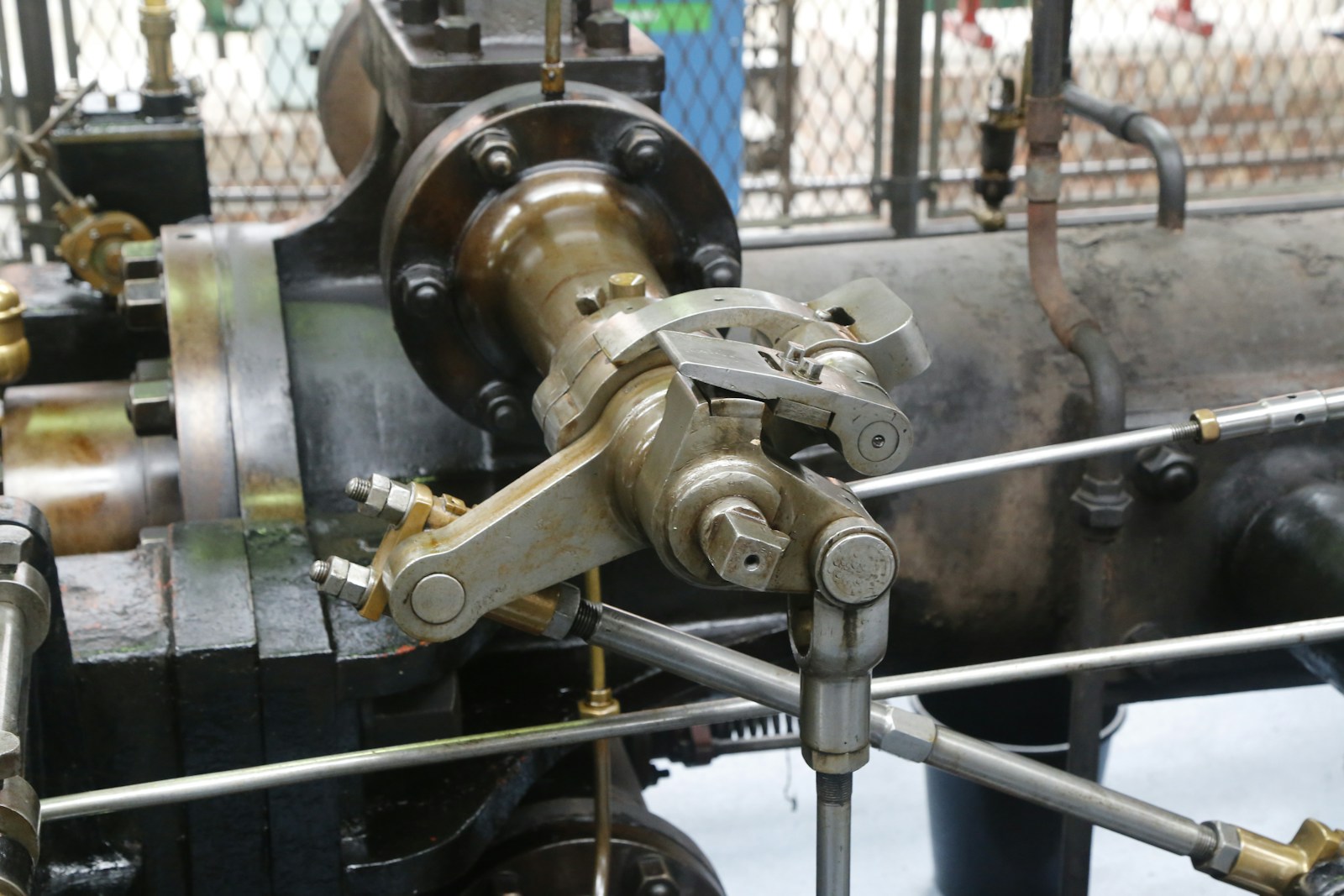The industrial landscape has been transformed by significant advancements in steam valve gasket technology over the past decade. Traditional gaskets, once considered disposable components, have evolved into sophisticated engineered products designed for longevity and performance. Modern steam valve gaskets incorporate composite materials that withstand extreme temperatures and pressures while maintaining structural integrity for extended periods. These innovations have reduced replacement frequency by up to 60%, dramatically decreasing manufacturing downtime and material waste.
Manufacturing facilities utilizing these next-generation gaskets report substantial improvements in operational efficiency. The enhanced durability of contemporary steam valve gasket designs translates directly to fewer maintenance cycles and reduced resource consumption, aligning perfectly with sustainable manufacturing principles.
Reducing Environmental Impact Through Advanced Gasket Materials
Material science breakthroughs have revolutionized the environmental profile of industrial gaskets. New graphene-infused polymers and bio-based composites are replacing conventional petroleum-derived materials in steam valve gasket production. These eco-friendly alternatives deliver superior performance while reducing the carbon footprint associated with gasket manufacturing and disposal.
Heat exchanger gaskets fabricated from these sustainable materials demonstrate remarkable chemical resistance properties, eliminating the need for environmentally harmful coatings previously required for corrosion protection. The adoption of these advanced materials has enabled manufacturers to reduce hazardous waste generation by approximately 35% while extending service intervals.
Energy Efficiency Improvements with Modern Heat Exchanger Gaskets
Energy conservation represents a cornerstone of sustainable manufacturing, and innovative heat exchanger gaskets play a crucial role in this domain. Precision-engineered gaskets with optimized compression characteristics provide superior sealing efficiency, minimizing thermal energy loss throughout steam systems. Studies indicate that high-performance heat exchanger gaskets can improve system efficiency by up to 12%, resulting in significant energy savings and reduced greenhouse gas emissions.
The thermal conductivity properties of advanced gasket materials further contribute to energy efficiency by facilitating more effective heat transfer across industrial processes. Manufacturing facilities implementing these solutions report average energy consumption reductions of 8-15% in steam-dependent operations.

Leak Prevention and Resource Conservation
Leakage represents both an economic and environmental liability in industrial settings. Modern steam valve gasket designs incorporate innovative sealing geometries and self-adjusting compression features that virtually eliminate fluid loss even under variable operating conditions. This leak prevention capability conserves valuable process fluids and prevents contamination of surrounding environments.
Heat exchanger gaskets featuring these advanced sealing technologies have demonstrated leak reduction rates exceeding 90% compared to conventional alternatives. The resource conservation implications are substantial—a typical large manufacturing facility can save millions of gallons of water and thousands of pounds of process chemicals annually through improved gasket performance.
Manufacturing Process Innovations
The production methods for creating high-performance gaskets have themselves become more sustainable. Computer-aided design and precision manufacturing techniques have drastically reduced material waste during gasket fabrication. Zero-waste cutting systems and advanced molding processes achieve material utilization rates above 95%, compared to 70-80% with traditional manufacturing methods.
Additionally, steam valve gasket manufacturers have implemented closed-loop production systems that recycle process water and reclaim material scraps, further reducing the environmental impact of gasket production. These manufacturing innovations demonstrate how sustainability can be integrated throughout the entire product lifecycle.
Future Trends in Sustainable Gasket Technology
Emerging technologies promise to further enhance the sustainability profile of industrial gaskets. Self-healing materials that automatically repair minor damage are currently in development, potentially extending steam valve gasket lifespans by several orders of magnitude. Smart gaskets incorporating embedded sensors to monitor performance and predict failure are also entering the market, enabling truly predictive maintenance and eliminating unnecessary gasket replacements.
Heat exchanger gaskets utilizing nanomaterial technology show promise for revolutionary improvements in heat transfer efficiency while requiring less raw material input. These developments represent the next frontier in sustainable gasket innovation, with pilot implementations already demonstrating remarkable results.
Case Studies: Sustainable Manufacturing Success Stories
Several manufacturing operations have documented impressive sustainability gains through gasket innovation. A paper mill in Scandinavia implemented advanced heat exchanger gaskets throughout their steam recovery systems, reducing energy consumption by 17% and eliminating an estimated 2,300 tons of carbon emissions annually. The facility also reported a 72% reduction in unplanned maintenance events related to gasket failures.
Similarly, a chemical processing plant in Singapore replaced conventional steam valve gaskets with high-performance alternatives, achieving water savings of approximately 3.2 million gallons per year through reduced leakage. The plant’s sustainability report highlighted gasket innovation as a key contributor to meeting their environmental performance targets.
These real-world examples demonstrate how seemingly minor components like gaskets can deliver significant sustainability improvements when engineered with environmental performance in mind. As manufacturing facilities worldwide face increasing pressure to reduce environmental impacts, gasket innovation continues to provide a surprisingly effective pathway toward more sustainable operations.

